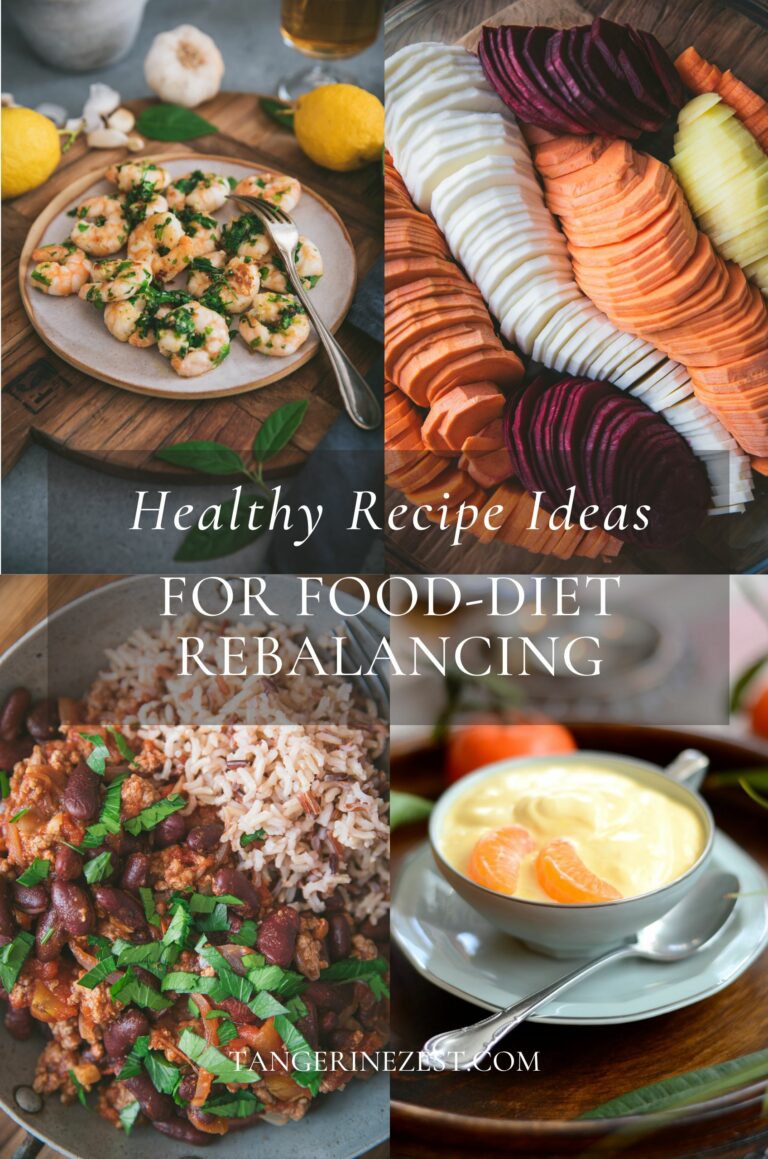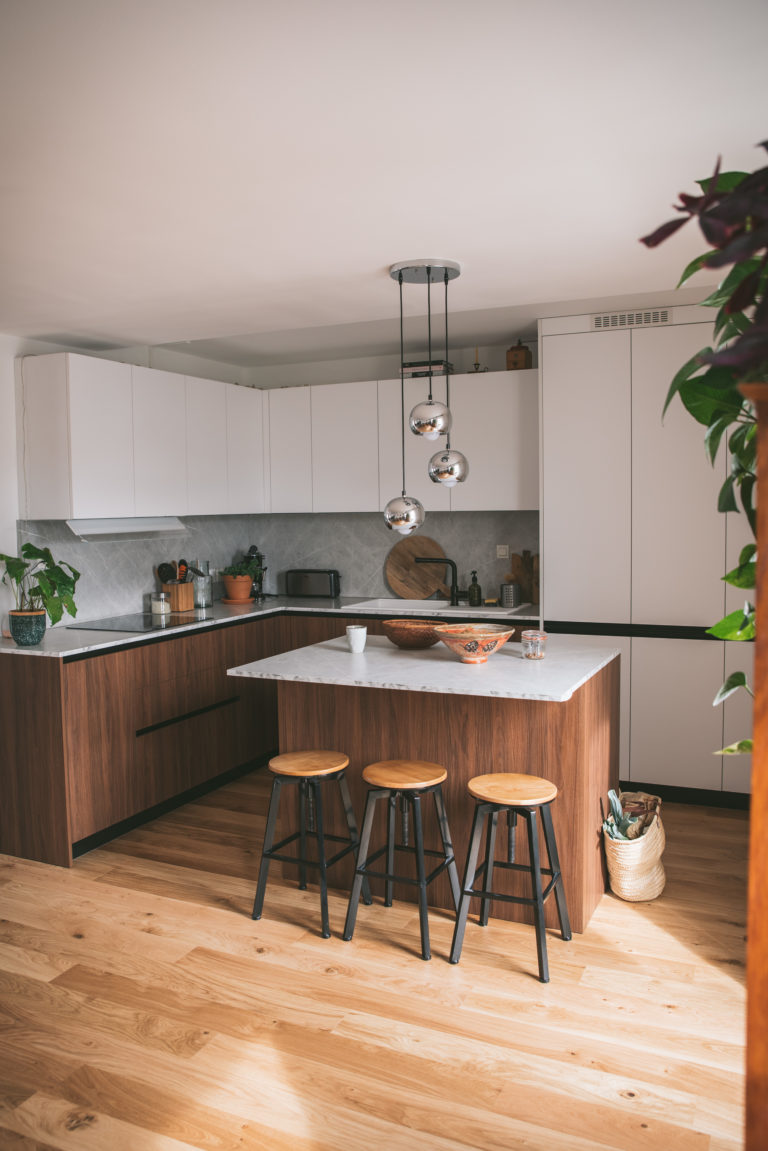How to rebalance food to lose weight
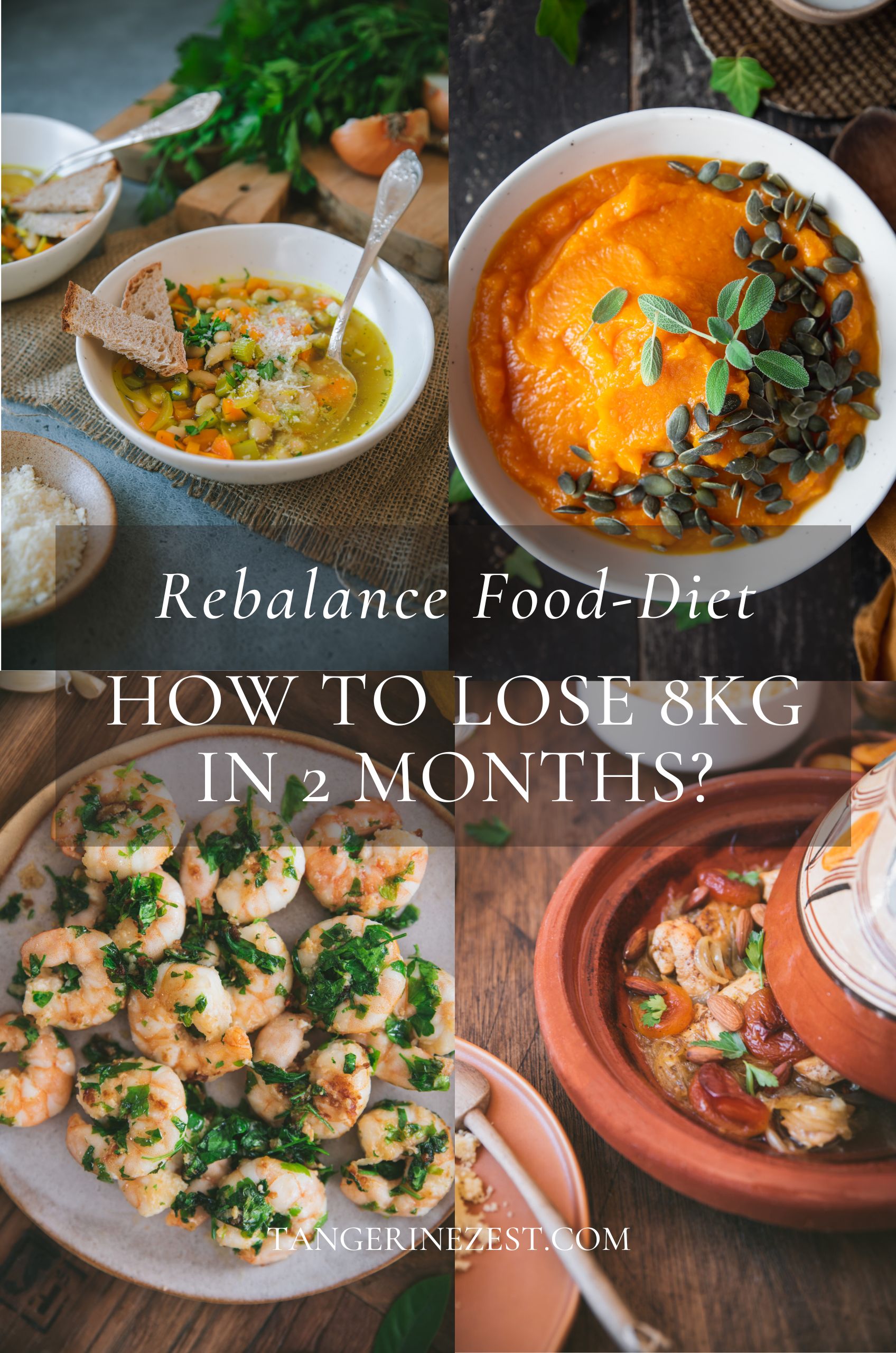
I hesitated for a long time to share with you this article on diet rebalancing, because it is a very personal experience, but finally I am starting because I tell myself that it could perhaps help other people… Here is how I rebalance my food to lose weight.
Here is my experience of rebalancing my diet and how I lost 8 kg in 2 months!
Honestly, there is no secret, you have to eat less and better, but before going into more explanations, I would like to explain my approach a little more…
I did not embark on this weight loss adventure lightly. For me, it was really a physical weight loss but also a psychological one.
I can’t really tell you that it was all the triggers that made me decide: a colleague who started it herself, an old friend who lost 30 pounds, my favorite pair of jeans that I couldn’t fit into. more…probably a bit of all that…
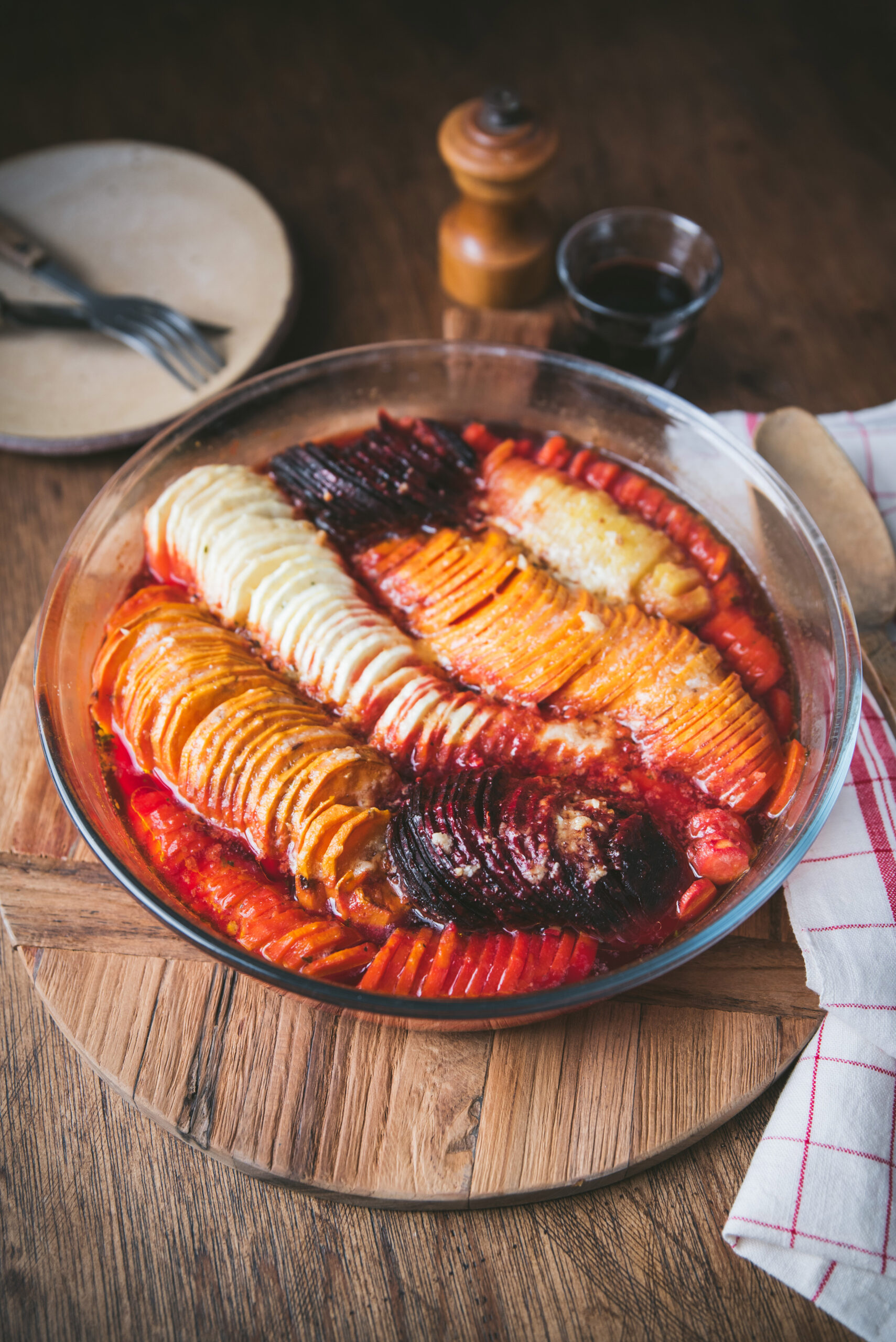
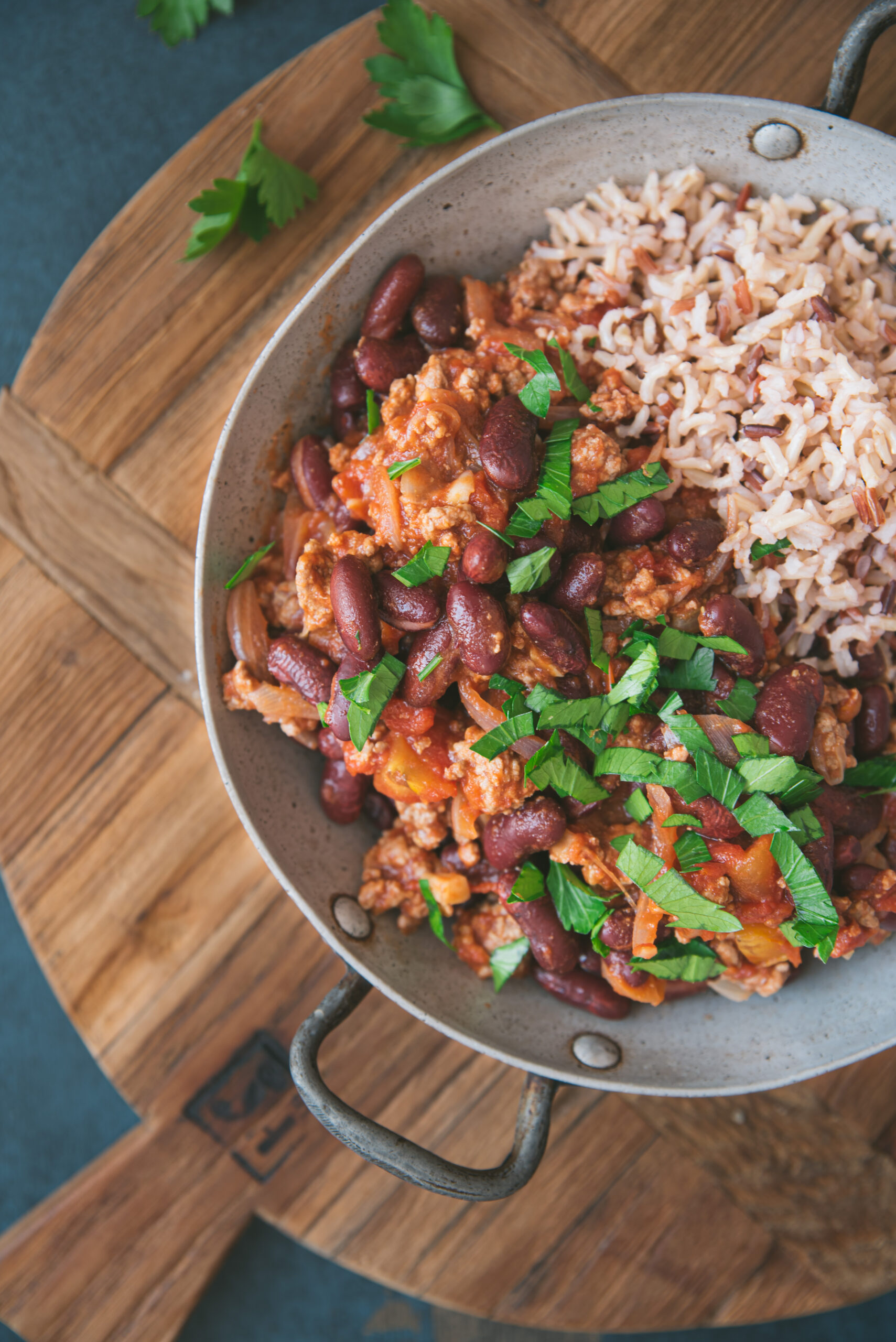
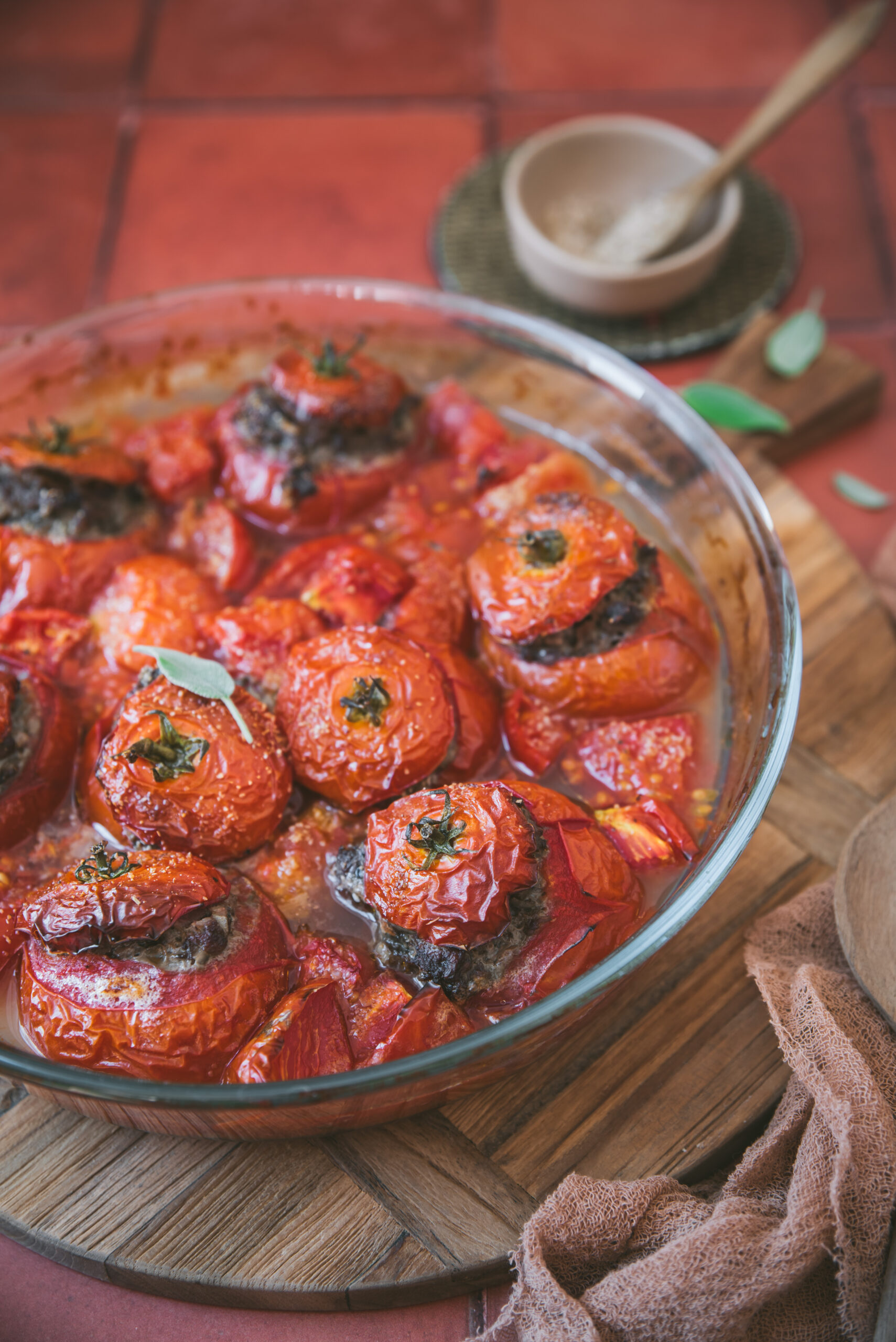
Why rebalance your Food diet?
For my part, I have always been stable in my weight. After my pregnancies, I kept 3 kg but nothing dramatic. The problem is that these pregnancies were followed by the periods of confinement that we all experienced and from then on, I reduced my physical activities and I really felt a lot of stress.
This then led to several traumatic events and as a result, in 5 years, I found myself at +5 kg (so we are at +8 kg in 7/8 years…). And eventually, I gradually stopped being conscious of what I was eating.
In my case, I didn’t eat badly because I have a balanced diet, fruits, vegetables, I don’t snack, BUT I ate too much and I allowed myself too many deviations, probably to fill in gaps or compensate for certain things. . I felt like if I didn’t try everything, I was going to miss something…
I didn’t necessarily set myself the goal of regaining my pre-pregnancy weight, but simply to lose 5 kg and fit into those famous jeans. 😉
Once this famous trigger, I found a professional who supported me in this dietary rebalancing. We started by taking stock of my diet and my needs, which were to lose 5 to 6 kg to feel better.
She therefore guided me in rebalancing my diet to lose weight but we also carried out acupressure sessions and massages.
So today I wanted to share this experience with you because if you too are at the same time in your life, my story of dietary rebalancing could perhaps provide you with some information.
At first, I honestly thought it was completely impossible to lose the pounds or that it was going to be too difficult, but it actually turned out to be a lot easier than I thought. This is also why I ultimately did not stop at the 5 to 6 kilos that I had initially set for myself but was able to lose the 8 kilos that I had gained in recent years.
In the end, I regained my pre-pregnancy weight without too much difficulty… 😊
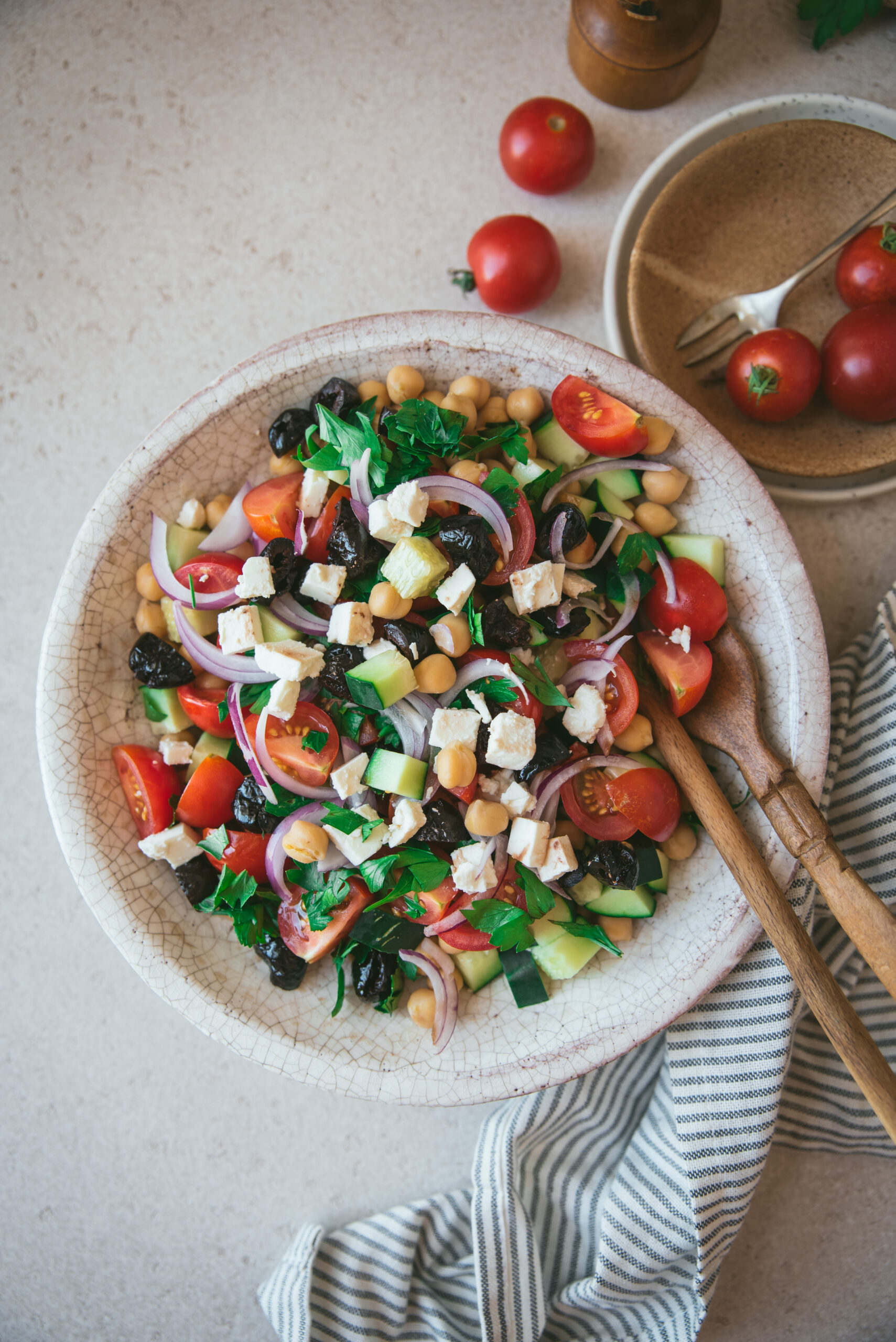
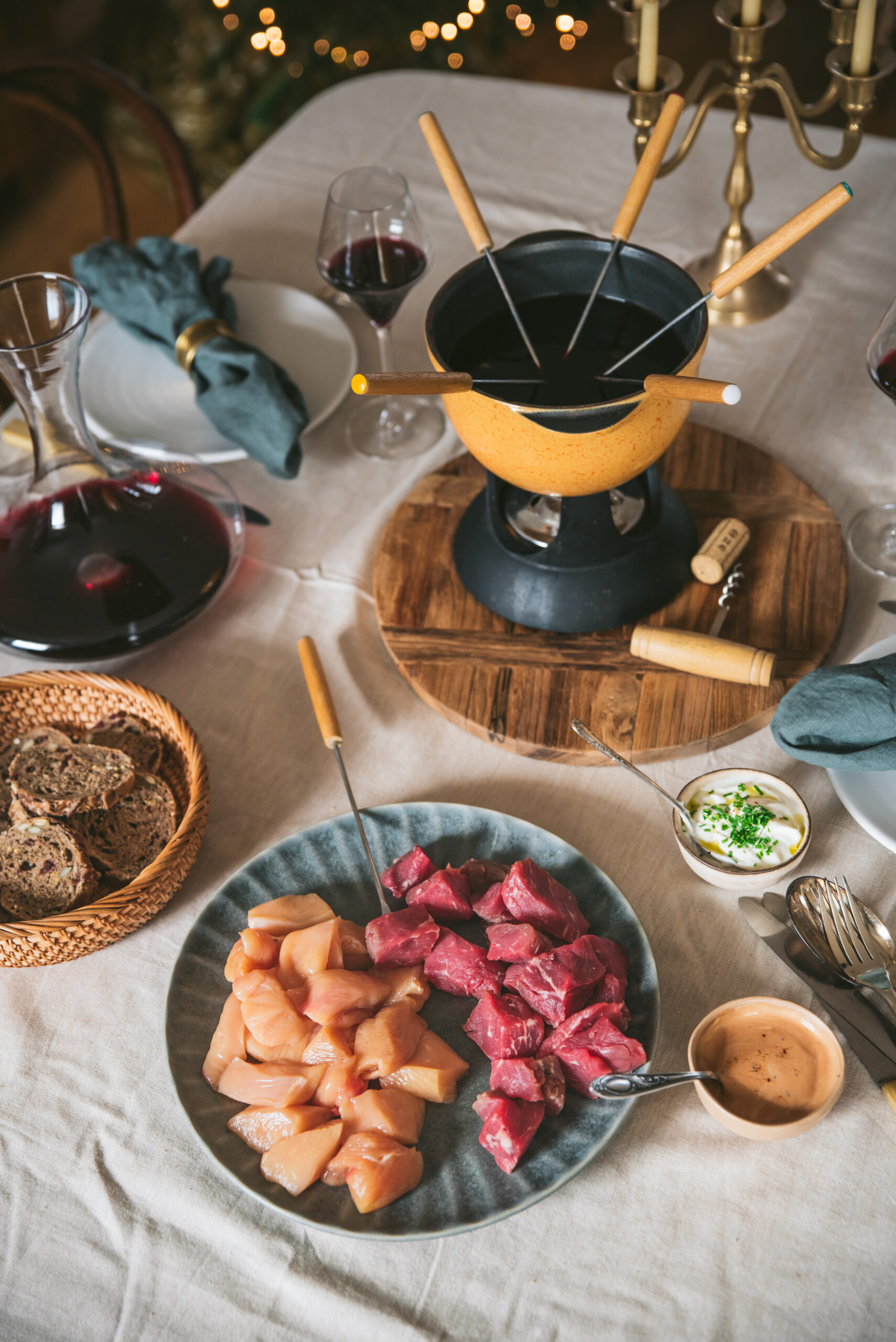
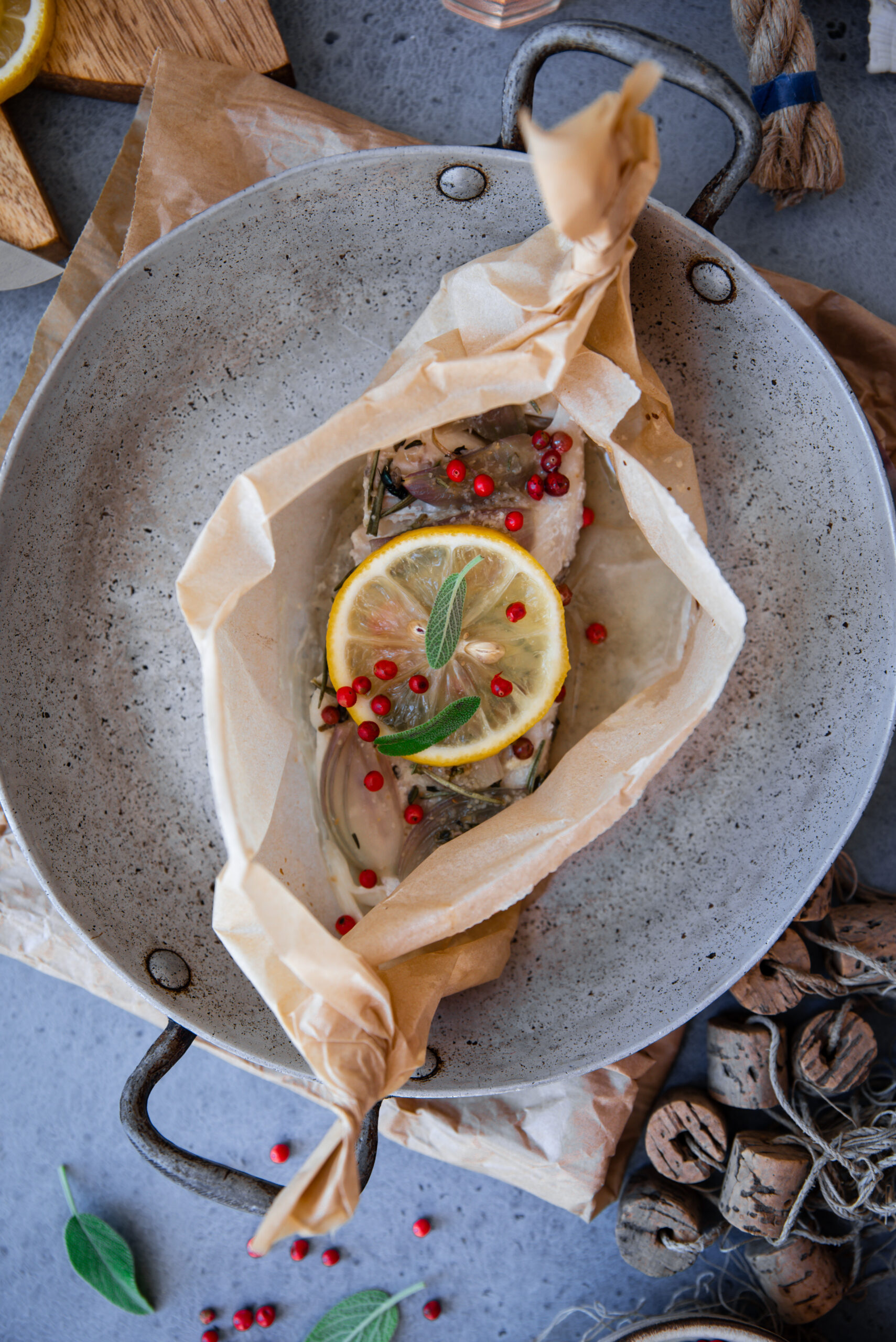
How to rebalance food to lose weight – How I lost 18 lbs in 2 months
This rebalancing took place in 2 phases, the 1st period with weight loss (where we become in a calorie deficit) and the 2nd with stabilization.
1st phase of diet rebalancing: the Cure with weight loss
For me, this 1st phase had 2 distinct periods.
The first fifteen days
The first 2 (or even 3) weeks: for me, they were almost the most difficult. The first 2 or 3 days were pretty easy because I was really determined and I attacked at the beginning of the week so I didn’t have any meals or outdoor invitations and I was super motivated.
The 2 weeks that followed were the hardest because I felt hunger, a feeling of fatigue, some frustrations during family meals (not being able to eat everything I wanted like before, like pasta, bread , cheese or cold meats), and no significant effect on weight loss. But I held on, holding on to what a friend told me last summer who had lost 15kg and who told me that the hardest part was at the beginning. And he was right!
As I told you, after this time, habits begin to take shape and the results begin to be seen and that motivates! We are less tired, less bloated, and we are less hungry…
Habit and loss
The duration will vary depending on the number of pounds you want to lose. In my case, the total duration of the loss phase lasted 8 to 10 weeks because on weekends in particular I did not observe a strict diet.
The rhythm is established and new habits are formed. The feeling of hunger is no longer there but I sometimes lacked energy. To compensate for this, I added a little brown rice or potatoes to my lunch meals.
The weight and volume loss is really starting to be felt as the weeks go by and it feels really good to get back to the body I had before… I felt much lighter and much less bloated or plump. 😊
I started by losing weight in the stomach, becoming less bloated, then it was the thighs with less than 6 to 8 centimeters in circumference, then the arms, the face became slimmer and the whole body…
2nd phase of FOOD rebalancing: integration, with stabilization and nutrition which becomes a new norm.
This phase consists of reintroducing a little more indulgence into our diet while maintaining the good habits that we have adopted. Add a little more “fat” like cheese or cream…
But the goal of rebalancing your diet is not just to lose weight, but rather to return to a healthier and more balanced diet based essentially on what I call “real” foods (mainly vegetables, fruits, meat, fish, legumes) and not on processed products.
It is therefore not a question of returning to old habits but of implementing new ones. But don’t panic, that doesn’t mean that pizzas, burgers and pasta are over, it’s just that on a daily basis, meals should be as healthy as possible, apart from a few deviations from time to time.
This stabilization phase is very important, this means that you must be careful not to gain weight again (no more than one kilo) otherwise the body will not have time to gain this new healthy weight.
How long should the stabilization phase of dietary rebalancing last?
I was told that the stabilization phase should last 1 month per kilo lost so that the body has time to properly integrate its new weight. In my case, I lost 8 (18 lbs), so I have to be careful for 8 months from the moment I reached the weight I wanted to have.
Believe me, it’s scary when you say it like that, but in reality it’s very easy to do, especially if you really decide for yourself.
For my part, I lost my kilos from the end of August to the end of October and it’s been around 3 months since I stabilized my weight, staying within 1 kilo of the same weight.
I would like to emphasize that throughout the process I did not stop living! By that I mean that I continued to be welcomed, to receive people into my home and to eat like the others, BUT! But respecting several rules.
I limited the quantities, and I tried to stick as closely as possible to the advice I was given (and which I give you below). Then on a daily basis, I calmly returned to my balanced menus without feeling frustrated because I had decided it for me!
My assessment since the start of the rebalancing
After starting 5 months ago, I feel much better in my body. I have gained flexibility, energy and I feel less tired. At the beginning I set myself a goal that seemed big but achievable and ultimately I even exceeded it without much difficulty.
The end of year celebrations also took place and I must say that I didn’t pay attention to it at all but quite naturally, without forcing myself, I broke down less than usual. I still gained between 1 and 2 kg which I lost in 2 weeks, by simply returning to a balanced diet every day.
What are the rules to lose weight?
- Stop eating cheese and cold cuts meats as well as sugar > but continue to eat dairy products (plain yogurt, petit-suisse)
- Eat vegetables and fruits and proteins (meat, fish, legumes). For my part, I didn’t want food supplements and that’s why this method suited me.
- Significantly reduce starchy foods (pasta, bread, rice, potatoes, etc.) > or eat wholemeal bread or wholegrain rice and a little potato, especially if you feel like you’re lacking energy.
Some additional questions you might ask yourself about diet rebalancing:
What is food diet rebalancing?
Food diet rebalancing consists of relearning how to eat healthily and balanced. The idea is to return to a healthy diet.
How long does a dietary rebalancing last?
I was told that with a balanced diet we lost on average 1 kg per week. This was true in my case, even with some deviations, since I lost 8 kg (18 lbs) in 8 to 10 weeks.
Can we practice a sporting activity during a dietary rebalancing?
I made the choice to continue my physical activities as before, namely walking almost every weekend and continuing to walk as much as possible every day with a goal of 10,000 steps per day (without however reaching it when I go to work). I tend to average around 5,000-6,000 steps/day) and 1 pool session per week.
For my part, I lost weight without any sport complementary to the physical activities above but only by changing my diet.
In addition, muscle is heavier than fat and this distorts the weight if we rely on it alone.
After the weight loss phase, I set myself the goal of doing 10 to 15 minutes of physical exercises at home to build up a little muscle and tone up. It turned out to be much easier and more enjoyable when I was free of that weight. 😊
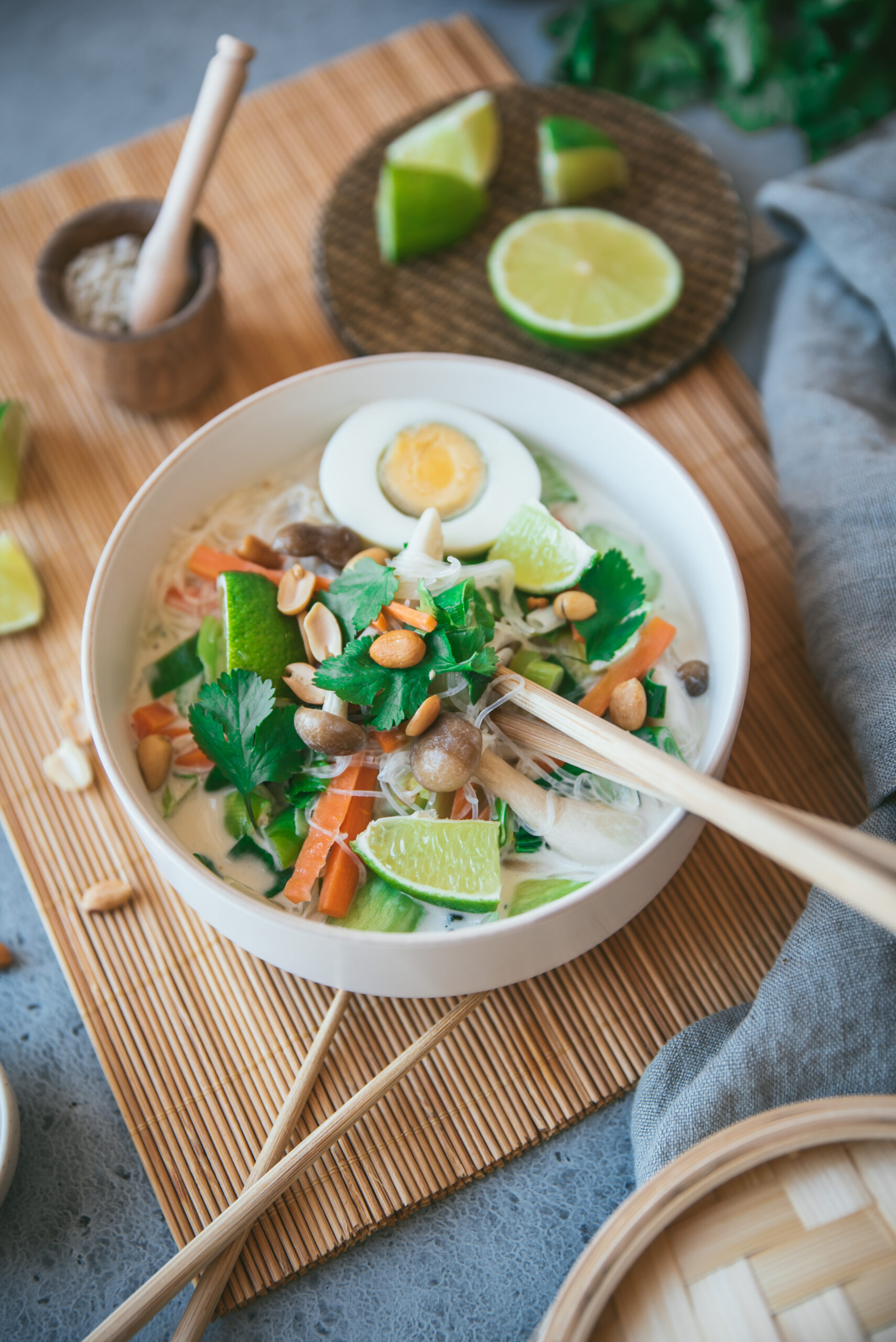
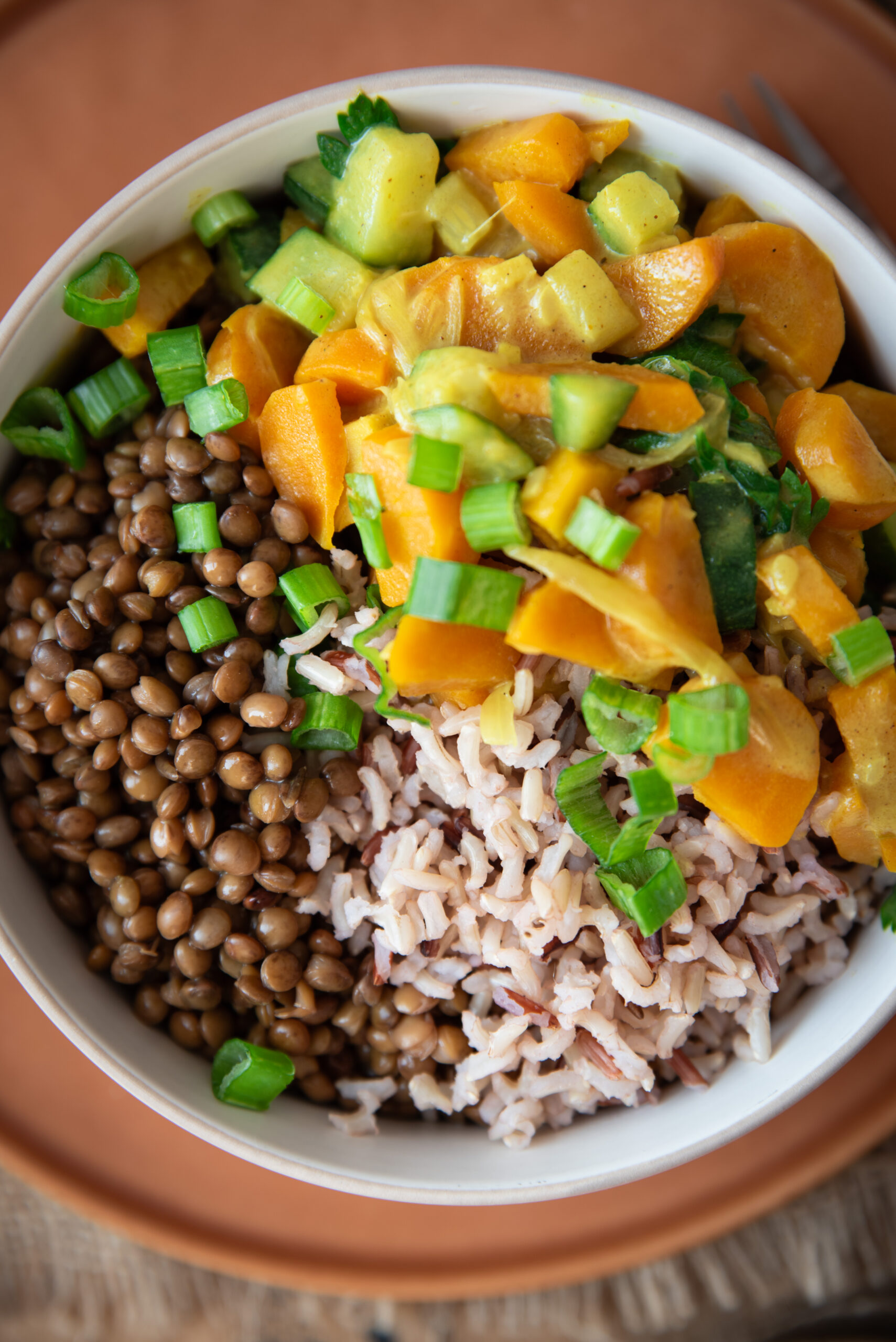
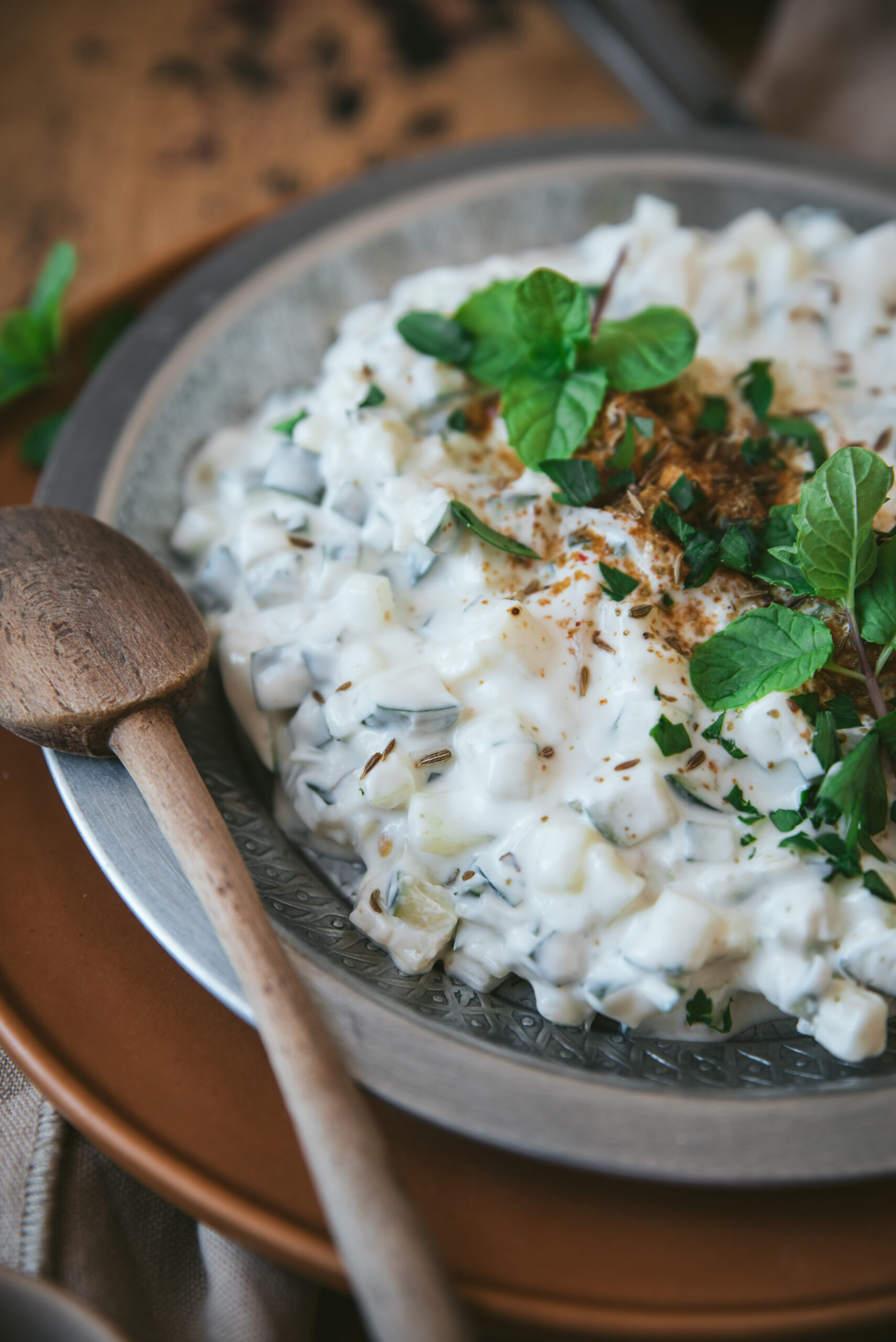
What are the menus made up of for food diet rebalancing?
First of all, it is extremely important to drink plenty of water. We always hear it, but it’s true!
1 large glass of water before each meal (morning, noon and evening) then 1 glass of water every hour during the day. The goal is to drink between 1.5 and 2 liters per day, or even more in summer, in case of heat.
What was my menu during this 1st phase of the Rebalancing Cure?
During the first weeks, while I lost the excess pounds, my menus were organized as follows:
Breakfast
- 1 fruit
- 2 small slices of wholemeal bread + butter
- 1 coffee or 1 tea
Lunch and Dinner
- 120 g of meat (weighed raw) OR 140 g of fish (weighed raw) OR 1 or 2 eggs OR 120 g of cooked legumes (lentils, chickpeas, white or red beans, etc.)
- 200 g of cooked vegetables OR 50 g of raw vegetables + 150 g of cooked vegetables OR 50 g of steamed potato OR brown rice + 150 g of cooked vegetables
- 1 fruit OR 1 plain yogurt OR natural white cheese
Alternation of fruit and yogurt between lunch and dinner.
As you see, apart from fruits, there is no sugar and a limit in the consumption of starchy foods. As for fruits, bananas should be avoided or limited.
Snack
- If I felt a little hungry between meals, I drank a large glass of water and took a few nuts (almonds, hazelnuts, etc.) or 1 small apple.
What do the stabilization phase menus consist of?
As a reminder, the stabilization or integration phase is the period where you no longer want/need to lose weight but where your body must register its new ideal weight.
I was advised that it lasts 1 month per kilo lost, or 8 months in my case… It seems long but personally it doesn’t pose a problem for me because I have really readjusted my way of eating in general.
In fact, I live completely normally, I entertain at home, I go to restaurants, I am invited to friends’ houses, to my family’s (and I eat like everyone else) but on a daily basis I am a little more careful ( once again, I live it without constraint because it really is a new way of eating).
Breakfast
- 1 fruit
- 2 small slices of wholemeal bread + butter
- 1 coffee or 1 tea
Lunch and Dinner
- Soup OR Raw Vegetables
- Meat OR Fish OR Eggs OR Legumes
- Cooked vegetables (+ butter or cream or olive oil)
- 1 fruit OR 1 plain yogurt OR natural cottage cheese OR 1 small portion of cheese
Alternation of fruit and dairy products between lunch and dinner, but no cheese at dinner.
Snack
- If I felt a little hungry between meals, I drank a large glass of water and took a few nuts (almonds, hazelnuts, etc.) or 1 small apple.
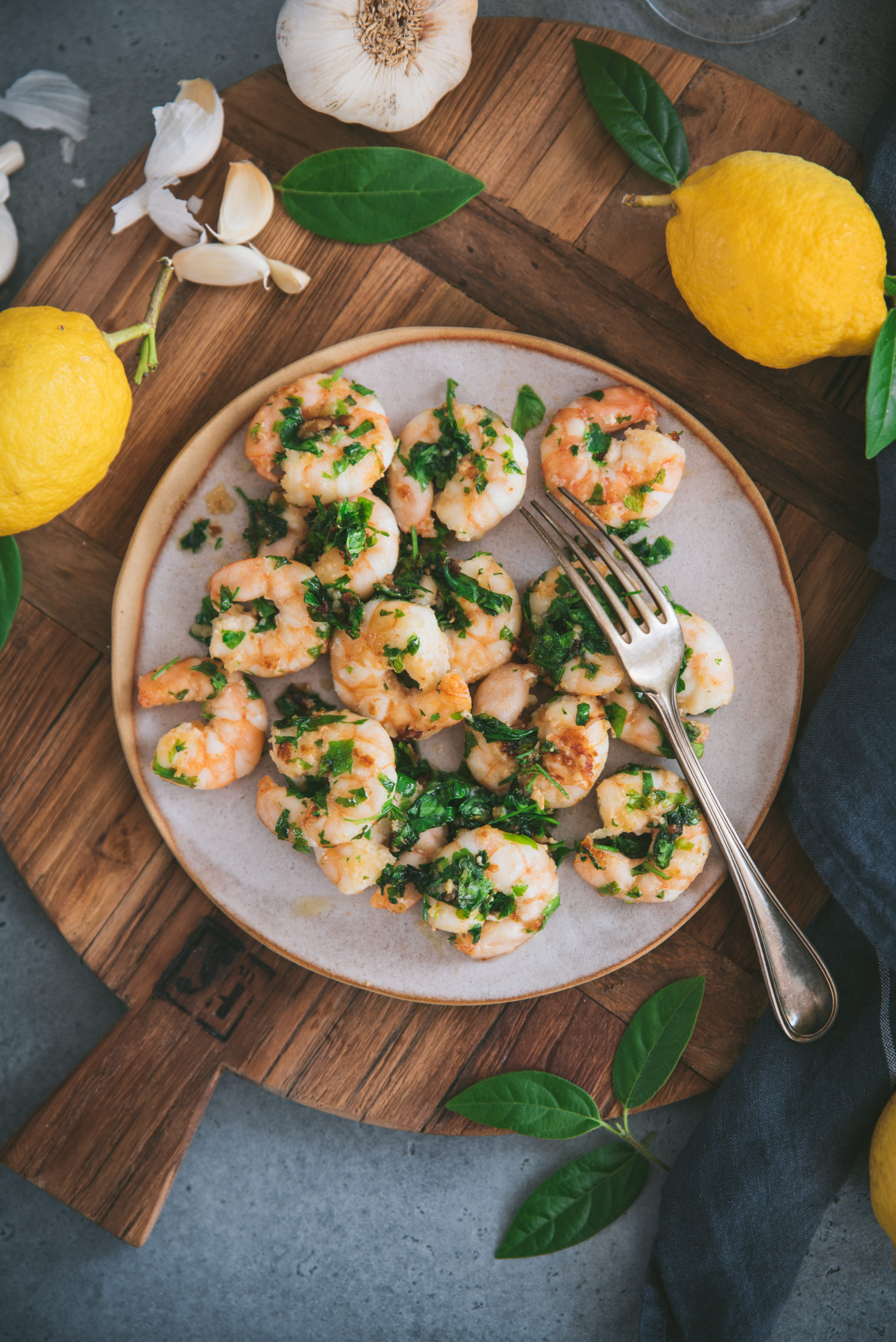
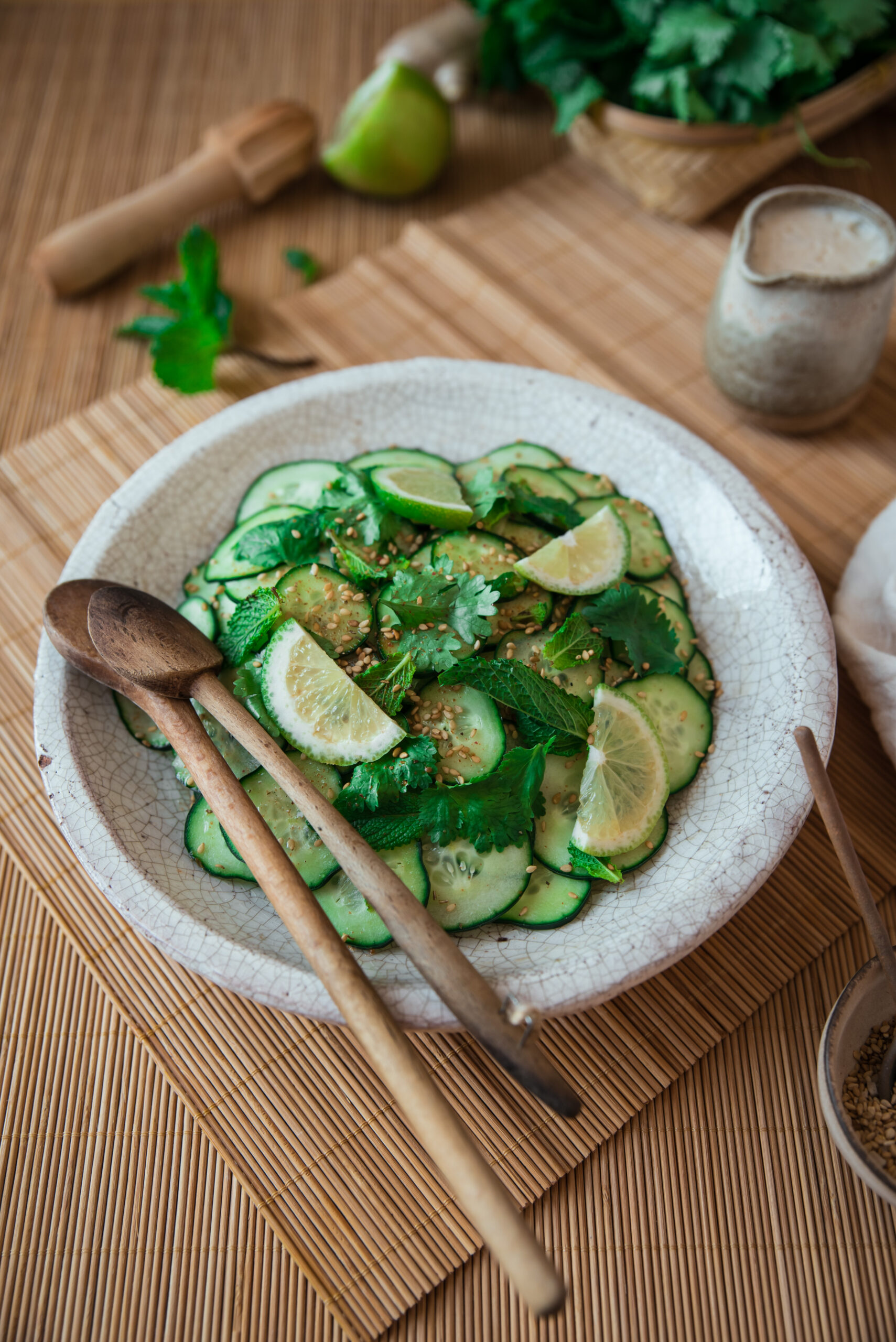
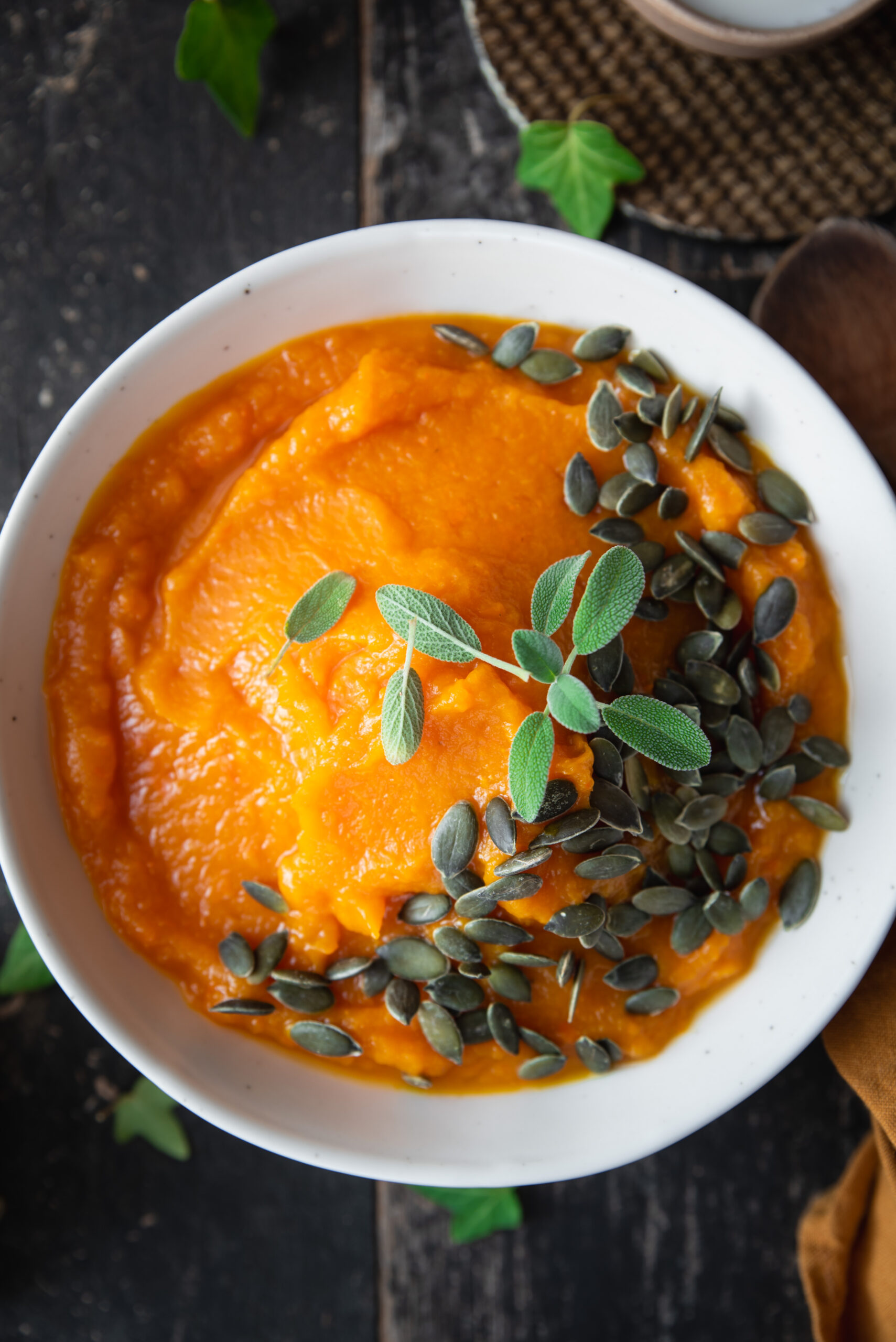
Some additional tips on How to rebalance food to lose weight
- Homemade is good! I planned my meals even more to really cook them myself and not buy ready-made meals that were often too salty and too fatty.
- I also started exercising again. I tried walking more, taking a 15-30 minute stroll during my lunch break after eating. This notably allowed me to digest better.
- I also started doing some exercises at home every day. I started slowly, more to form new habits. At the beginning I started with 5 minutes (abs, cores, etc.) then I gradually increased to around fifteen. This allowed me to tone up while losing weight and improve my physical posture.
- I drank more water throughout the day, about 1 glass of water every hour.
- If I was hungry, I had a few almonds with me and I ate 2 or 3 of them.
- I tried to limit sources of stress (very, very hard). Well, I’m a pretty anxious person so this part wasn’t easy for me. But I generally know what will stress me out, so I try as much as possible to anticipate them and do what I can to limit them.
A very simple thing, but for example, I always think of lots of things to do… So I created notes in my phone where I write down all these things that I have to do and which don’t come to mind ‘spirit. It freed me from a lot of mental burden…
- And another important thing is to sleep well, not to go to bed too late. We each have our own rhythms, the main thing is to respect them.
Personally, I know that I need +/- 8 hours of sleep depending on the season so I really try to respect that.
- During invitations or at the restaurant, I tried to get as close as possible to the menus below but without taking my head either. I took advantage of it and then took my menus home.
- And last advice! If you can, get support from a professional, this will allow you to adapt the dietary rebalancing to your needs but also to motivate you.
Let’s talk numbers! In terms of weight, I told you that I had lost 8 kg, but from where? I started from 68 kg and went down below 60. The person who accompanied me advised me to stay below 60, in the 59 range to have the psychological bar of “60” not to be missed . not exceed. This works great for me.
And if I waited so long before sharing my experience, it’s because I wanted to live my personal experience to the end and see if I stabilized my weight but especially my diet.
You can imagine that if I’m sharing it today, it’s because I’m getting there… For my part, the big changes have really taken place in terms of quantities and I’m much more calm about my diet. I don’t feel like I’m missing out when I don’t taste a dish or a cookie for example. I don’t snack, I listen to my body more and I regularly eat reasonable portions. In short, I feel much better!
Come on, after this sharing of experience and these (very personal) advice, I wish you good luck if you embark on this adventure of rebalancing your diet!
Here is also a selection of my healthy recipes to give you a little inspiration if you ever need or want it.
Finally, just to let you know I am French and I translate my recipes, be indulgent if you see syntax errors and do not hesitate to leave me a comment so I can correct it. I hope you will like my recipes and enjoy your visit to my food blog!

